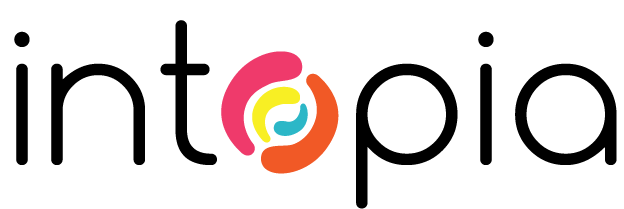After much deliberation and fine-tuning, the highly-anticipated first draft of the Web Content Accessibility Guidelines (WCAG) 2.1 has been released for public comment. It’s an important milestone for web accessibility standards as it’s the first major update since WCAG 2.0 came out at the end of 2008. It reflects changes in technology use in the last ten years while (importantly) ensuring the guidelines still apply to all technologies, no matter what hardware or software you use.
What’s WCAG 2.1?
WCAG 2.1 is an extension of WCAG 2.0. It considers the new and different ways we use existing technology, factors in new forms of technology (the first iPhone with 3G mobile data was released only 6 months before WCAG 2.0 came out!), and includes new criteria that looks at users with low vision and cognitive abilities, while still making sure that digital content remains accessible.
Importantly, WCAG 2.0 remains the benchmark standard in assessing the accessibility of a website. While WCAG 2.1 introduces new criteria (and any website that satisfies WCAG 2.1 will automatically conform to WCAG 2.0), policies and audits can continue to reference WCAG 2.0 for some time.
What’s new in WCAG 2.1?
WCAG 2.1 introduces 28 new success criteria, focussing on three key areas:
- Users with low vision
- Users with a cognitive or learning disability
- Accessibility of mobile devices
The new success criteria have the same focus as WCAG 2.0 on ensuring that websites are perceivable, operable, understandable and robust.
Some examples of the new success criteria include:
- Functionality that relies on touch can still be used when a user’s assistive technology is enabled
- Providing greater assistance when users create an error or incorrectly complete a step
- Content can be resized to greater levels or be linearized, and all information can still be viewed and accessed
View the first public working draft of WCAG 2.1 .
In upcoming articles, we’ll look at the new success criteria by focus area.
How you can get involved
Anyone can submit feedback on the first working draft of WCAG 2.1 until 31 March. Issues are logged and archived in the WCAG 2.1 GitHub repository . If you have difficulties using GitHub, you can also email feedback to the W3C.
Once all feedback has been reviewed, a candidate recommendation of WCAG 2.1 is scheduled to be published for final comments at the start of next year. The W3C is scheduled to formally adopt WCAG 2.1 as a recommended standard by mid-2018.
The work will then be used as a basis to start determining the requirements for Project ‘Silver’ (a codename for the third iteration of accessibility guidelines).
The release of the WCAG 2.1 public working draft is a fantastic and exciting step in the right direction, and this progress continues to strengthen WCAG as an internationally recognised standard.

